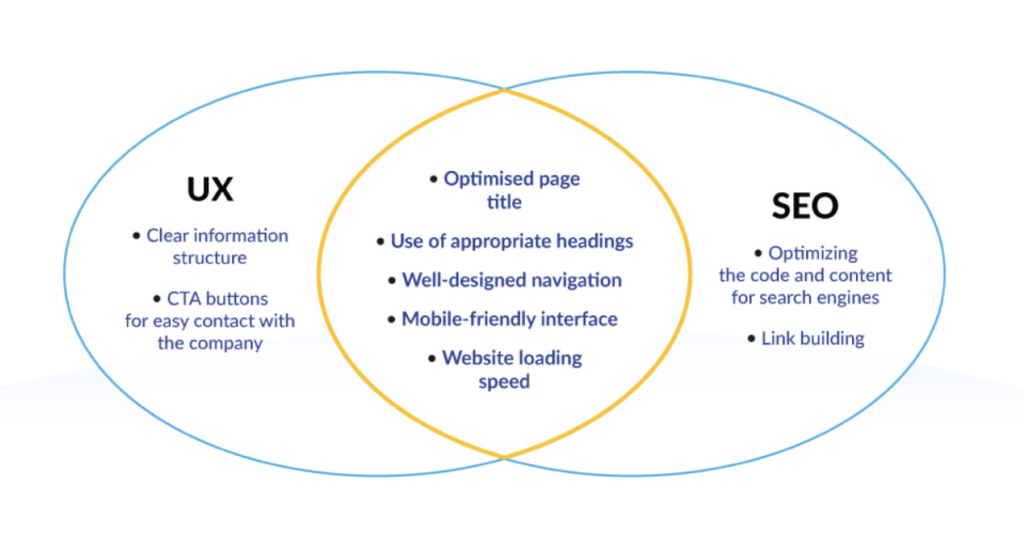
Search engine optimization has traditionally focused on optimizing content for search engines. However, with search engines becoming more sophisticated and user-centric, user experience (UX) has become a critical factor in SEO. In this post, we’ll explore the role of UX in SEO and provide some tips for improving your website’s UX to boost your search engine rankings.
What is User Experience (UX)?
UX refers to the overall experience that a user has when interacting with a website or application. IT encompasses everything from the design and layout of the site to the ease of navigation, load times, and the quality of the content. A positive UX is crucial for retaining users and encouraging them to engage with your site, while a negative UX can drive users away and hurt your search engine rankings.
Why is UX Important for SEO?
Search engines like Google are increasingly prioritizing websites that provide a high-quality user experience. This is because search engines want to provide their users with the best possible search results, and websites that offer a positive UX can lead to higher engagement rates, longer dwell times, and lower bounce rates, all of which are positive signals to search engines.
How to Improve Your Website’s UX for SEO
Improving your website’s UX can be a complex process, but there are several key areas to focus on. Here are some tips for improving your website’s UX for SEO:
1. Optimize Your Site’s Navigation
Your site’s navigation is one of the most important elements of your UX. Make sure your site is easy to navigate and that users can find the information they need quickly and easily. Use clear and descriptive labels for your navigation menus, and make sure your site’s hierarchy is clear and intuitive.
2. Speed Up Your Site’s Load Times
Site speed is a crucial factor in UX, as users are less likely yo engage with slow-loading sites. Use tools like Google’s PageSpeed Insights to analyze your site’s load times and identify areas for improvement. Consider compressing images, minifying code, and using a content delivery network (CDN) to speed up your site’s load times.
3. Create High-Quality, Engaging Content
Your website’s content is the primary reason users visit your store, so it’s crucial to create high-quality, engaging content that meets their needs. Use clear and concise language, break up long blocks of text with subheadings, and use images to make your content more engaging.
4. Ensure Your Site is Mobile-Friendly
With more users accessing the internet on mobile devices, it’s essential to ensure your site is optimized for mobile. Use a responsive design that adapts to different screen sizes, and consider using a mobile-first design approach to prioritize mobile users.
5. Use Clear Calls to Action (CTAs)
Clear and effective CTAs can help guide users through your site and encourage them to take action. Use clear and concise language, and make sure your CTAs are prominent and easy to find.

In conclusion, UX is becoming an increasingly important factor in SEO. By optimizing your site’s navigation, speed, content, mobile-friendliness, and CTAs, you can improve your site’s UX and boost your search engine rankings. Remember, a positive UX not only benefits your search engine rankings but also helps retain users and drive conversions.
Sources:
https://developers.google.com/speed/pagespeed/insights/
https://blog.hubspot.com/website/improve-website-user-experience
https://moz.com/learn/seo/user-experience-ux
https://neilpatel.com/blog/ultimate-guide-to-user-experience/
https://searchengineland.com/the-importance-of-user-experience-in-seo-what-you-need-to-know-323966
No Responses